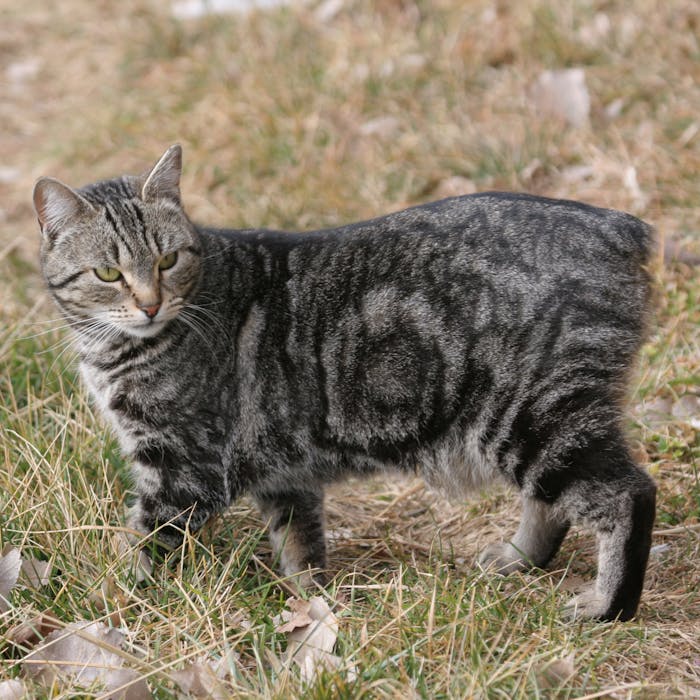
The distinctive Manx Cat - a tale to be told
Though the British Isles has produced many dog breeds, we seem less well-known for breeds of cats. However, there are several distinctively British cat types. One of the best known is the Manx Cat.
The Manx Cat originated on the Isle of Man. Their most obvious characteristic is that they either have no tail, or a small stub of a tail. This is not cruelly and painfully docked, it is a naturally occurring genetic mutation that was able to develop in a small isolated island animal community.
The breed also has elongated hind legs and a rounded head.
Manx cats come in all coat colours and patterns, though all-white specimens are rare, and the coat range of the original stock was more limited. Long-haired variants are sometimes considered a separate breed, the Cymric.
Tail-less cats from the Isle of Man were known by the early 19th century. On their home island they remain a substantial but declining percentage of the local cat population.
Manx are prized as skilled hunters, and thus have often been sought by farmers with rodent problems, and been a preferred ship's cat breed. They are said to be social, tame and active. An old local term for the cats on their home island is stubbin or rumpy.
The Manx is considered a social and gregarious cat, and very attached to humans, but also shy of strangers. The breed is said to be highly intelligent, playful, and in its behaviour reminiscent of dogs. For example, Manx cats often learn to fetch small thrown objects. They may also follow their owners about like puppies, and are believed to be better able to learn simple verbal commands than most cats.
Manx have been exhibited in cat shows since the 1800s, with the first known breed standard published in 1903. The breed is popular internationally, with far more Manx Cats abroad than on their home island.
Further reading
Links to external websites are not maintained by Bite Sized Britain. They are provided to give users access to additional information. Bite Sized Britain is not responsible for the content of these external websites.
